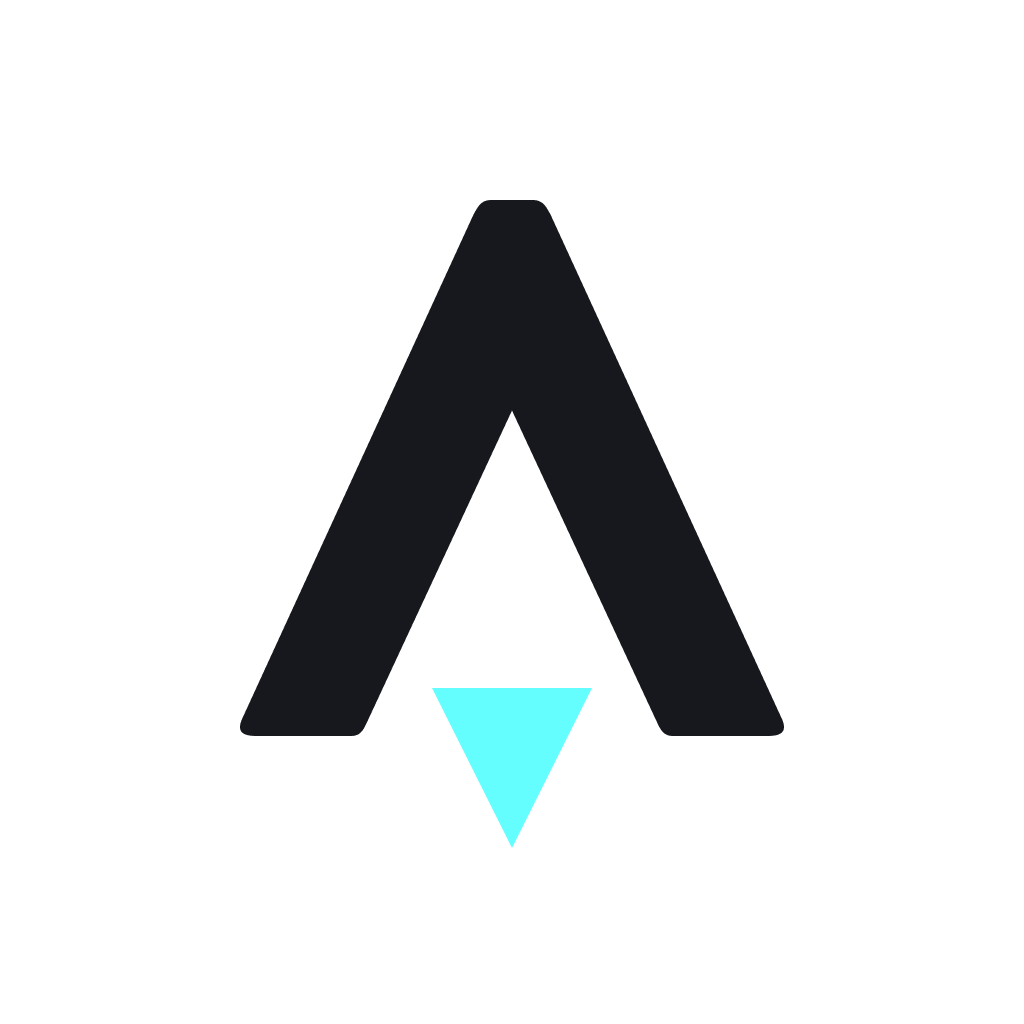
ATLAS
24H 现货交易量
QAR3,856,970.21
项目开始时间

2021年9月2日
关于
1. Background IntroductionStarAtlas is a next-generation gaming metaverse built on the Solana blockchain, combining blockchain technology, real-time graphics, multiplayer video games, and decentralized financial technologies. It aims to create a virtual gaming universe where players can explore, trade, and engage in space-themed adventures while earning cryptocurrency rewards. The project leverages the high-speed and low-cost transactions of the Solana network to provide a seamless gaming experience.2. Core Website ContentThe website showcases StarAtlas as a space exploration MMO (Massively Multiplayer Online) game with a focus on player-owned economies. Key sections include: Game Overview (space exploration, faction wars, resource gathering), Marketplace (NFT assets like ships, crew, and components), Tokenomics (ATLAS and POLIS tokens), and Team/Partnerships. The site emphasizes play-to-earn mechanics and a player-driven economy where in-game assets are tradable NFTs.3. Technical FeaturesStarAtlas utilizes Solana's blockchain for fast transactions (50k TPS) and low fees. It implements Unreal Engine 5 for high-fidelity graphics, Web3 integration for wallet connectivity (Phantom, Solflare), and NFT standards for in-game assets. The game features a dual-token system (ATLAS as currency, POLIS for governance) and smart contracts for decentralized gameplay mechanics like ship maintenance and resource trading.4. Token EconomicsThe ecosystem uses two tokens: ATLAS (fungible, used for transactions) and POLIS (governance token). ATLAS has an initial supply of 36B with inflationary mechanics for gameplay rewards. POLIS has a max supply of 360M used for DAO governance. The economic model includes staking rewards, NFT sales revenue sharing, and a treasury system where 20% of in-game purchases fund the DAO. Token utility spans across ship maintenance, marketplace transactions, and faction warfare incentives.5. Similar Competitor ComparisonCompared to similar blockchain games: StarAtlas differs from Axie Infinity (Ronin chain) by focusing on 3D space combat vs. 2D battles. It competes with Illuvium (Ethereum) in graphics quality but offers faster transactions via Solana. Unlike The Sandbox (voxel-based), StarAtlas emphasizes spaceship combat and faction politics. Unique aspects include its Unreal Engine 5 integration and complex ship component system where NFTs affect gameplay stats.6. Risks and ChallengesKey risks include: Solana network stability (past outages), regulatory uncertainty for gaming tokens, high development costs for AAA-quality graphics, and competition from traditional game studios entering Web3. Challenges involve balancing token inflation with gameplay rewards, preventing pay-to-win dynamics, and maintaining player engagement beyond speculative NFT trading. The project also faces typical crypto risks like smart contract vulnerabilities and market volatility affecting token values.7. Industry FutureStarAtlas positions itself at the intersection of gaming and DeFi trends, anticipating growth in play-to-earn models and NFT-based virtual economies. As blockchain gaming matures, success factors will include: mainstream adoption of crypto wallets, improved scalability solutions, and interoperability between gaming metaverses. The project could benefit from Solana's growing ecosystem but must navigate increasing competition and evolving gamer expectations for quality content beyond token incentives.8. SummaryStarAtlas represents an ambitious attempt to merge AAA gaming with blockchain economics, offering innovative token mechanics and high-quality visuals. Its Solana foundation provides technical advantages, while the space MMO genre has proven market appeal. However, execution risks are significant given the complexity of balancing game design, tokenomics, and community governance. Long-term success will depend on delivering engaging gameplay that transcends speculative NFT trading, making it a high-potential but high-risk project in the blockchain gaming sector. 更多>





































 看多
看多
 看空
看空